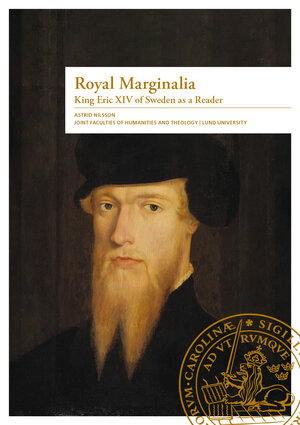Serie
Astrid M. H. Nilsson
Royal Marginalia. King Eric XIV of Sweden as a Reader
Studia Graeca et Latina Lundensia 28
2021
| 189 s.
|
engelska
ISSN: 1100-7931
ISBN: 978-91-89213-84-5, 9789189213838
King Eric XIV of Sweden (1533–1577) has gone down in history as bad and mad. He is reputed to have been killed with arsenic in a bowl of pea soup on the orders of his brother and successor John III. John III deposed his older brother, imprisoned him, and painted him in the darkest colours possible to justify his own accession.
Eric’s dramatic life tends to overshadow the fact that he was also a very learned Renaissance king. It is his learning that is the focus of the present study. He owned a library of over 200 volumes, and of these, four are still extant. There are two works of history, Johannes Magnus’ Historia de regibus and Sabellico’s Enneades, one of geography, Strabo’s Geographia, and one of astronomy, Stadius’ Ephemerides, known to have been in Eric’s possession.
The works contain marginalia, mainly in the form of little images in the king’s hand. Through this study, it has been possible to establish that Eric XIV had devised a system of images, referred to as symbols in this study. Their function was marking material that was of interest to him in his role as king, as military commander, and as a learned man, and to make it easily retrievable. King Eric also left a few comments in writing. Taken together, the symbols and comments form what might be referred to as an intellectual biography of the unfortunate king.

